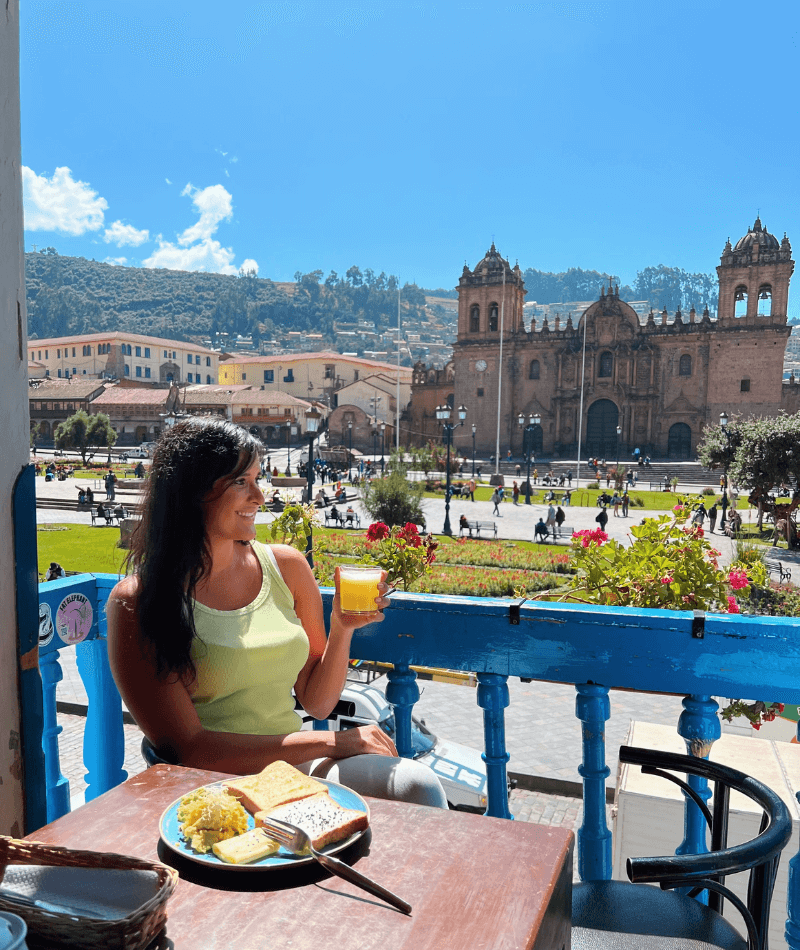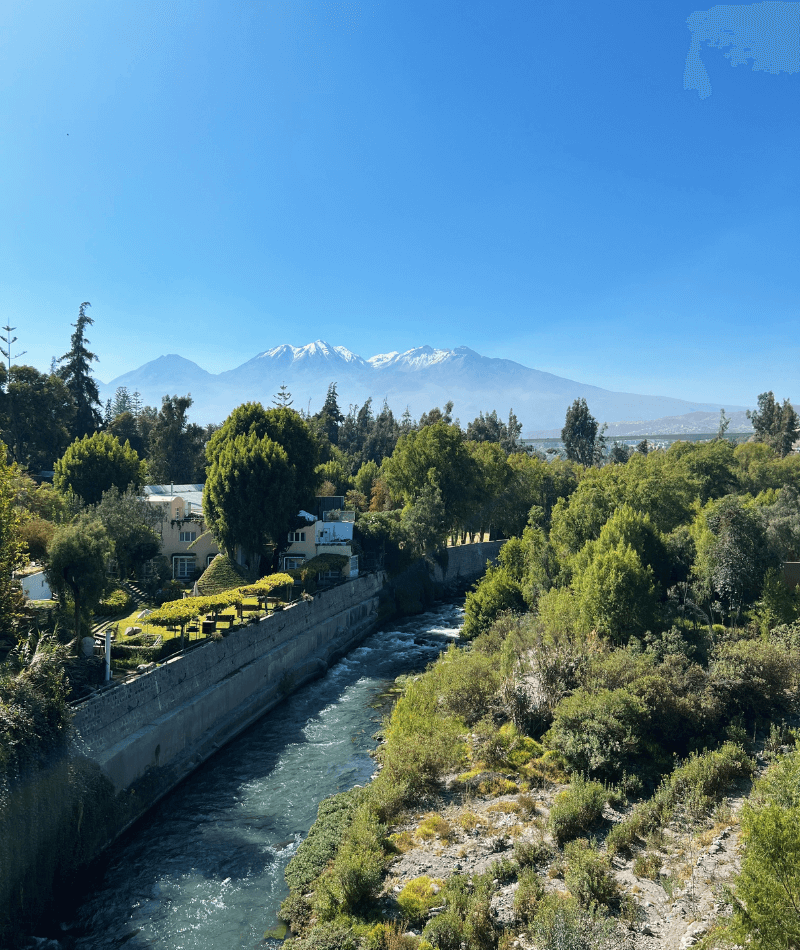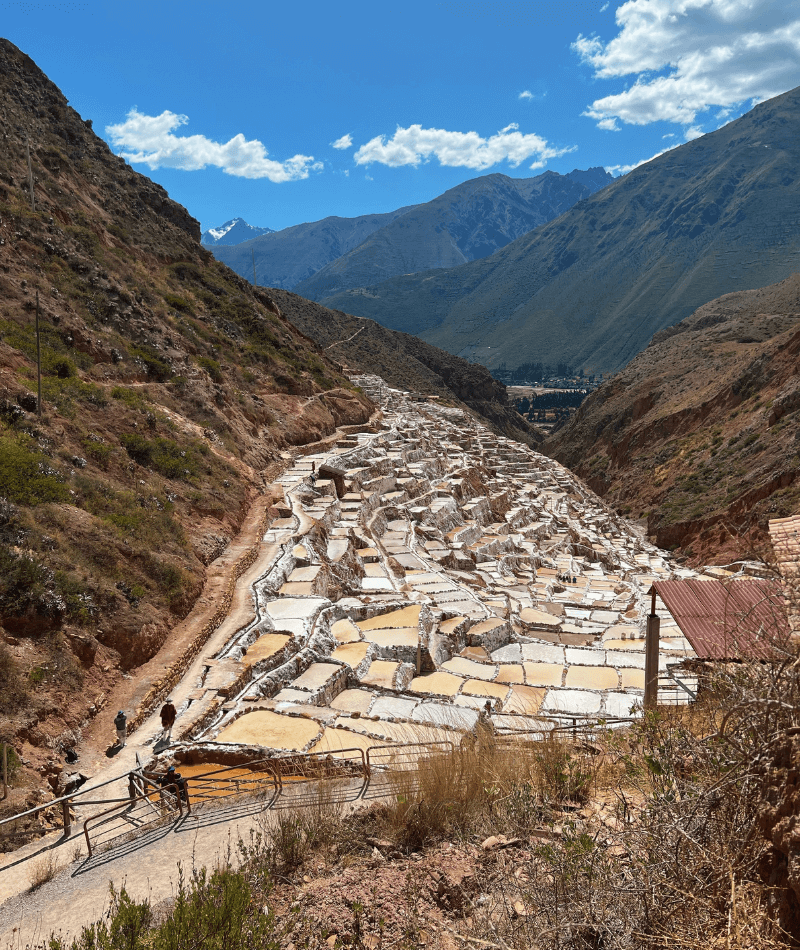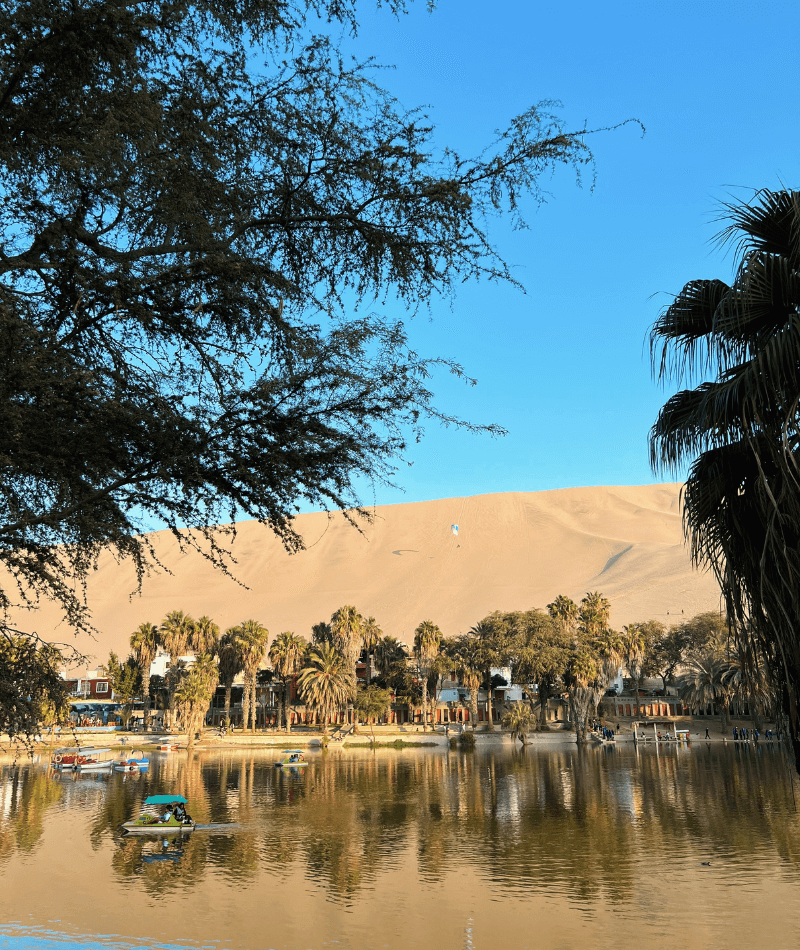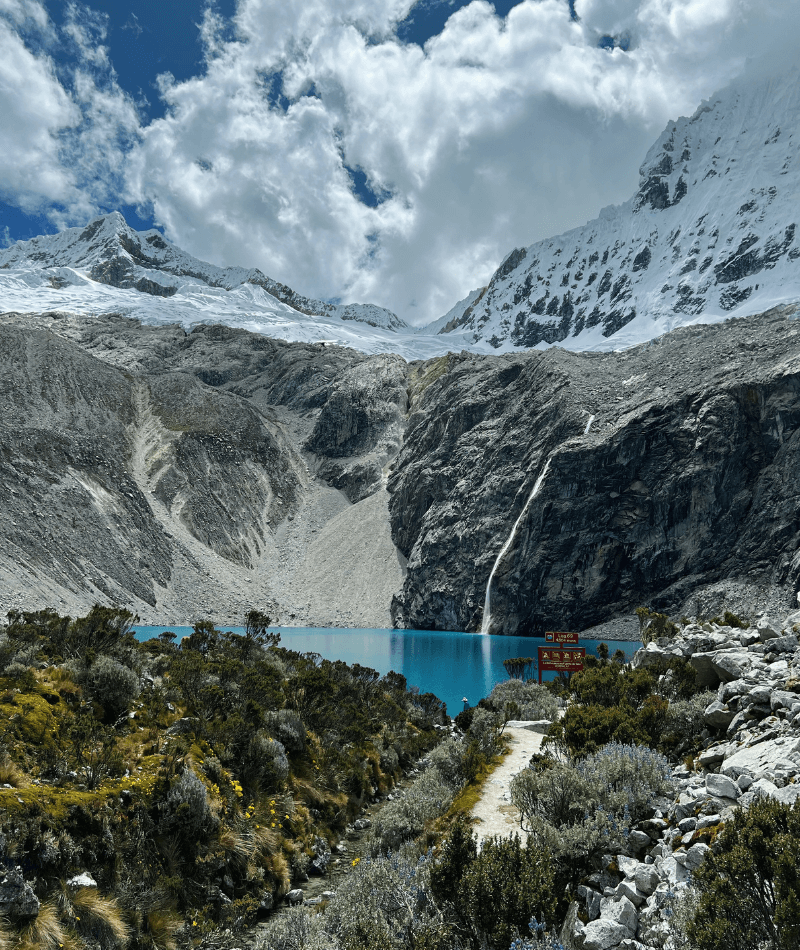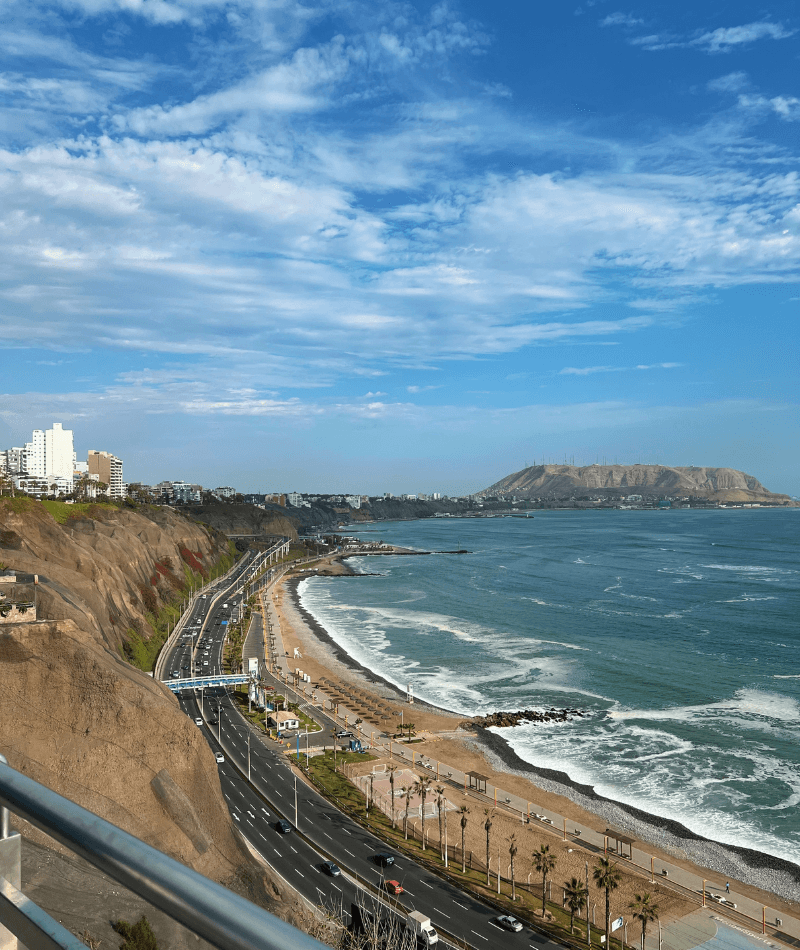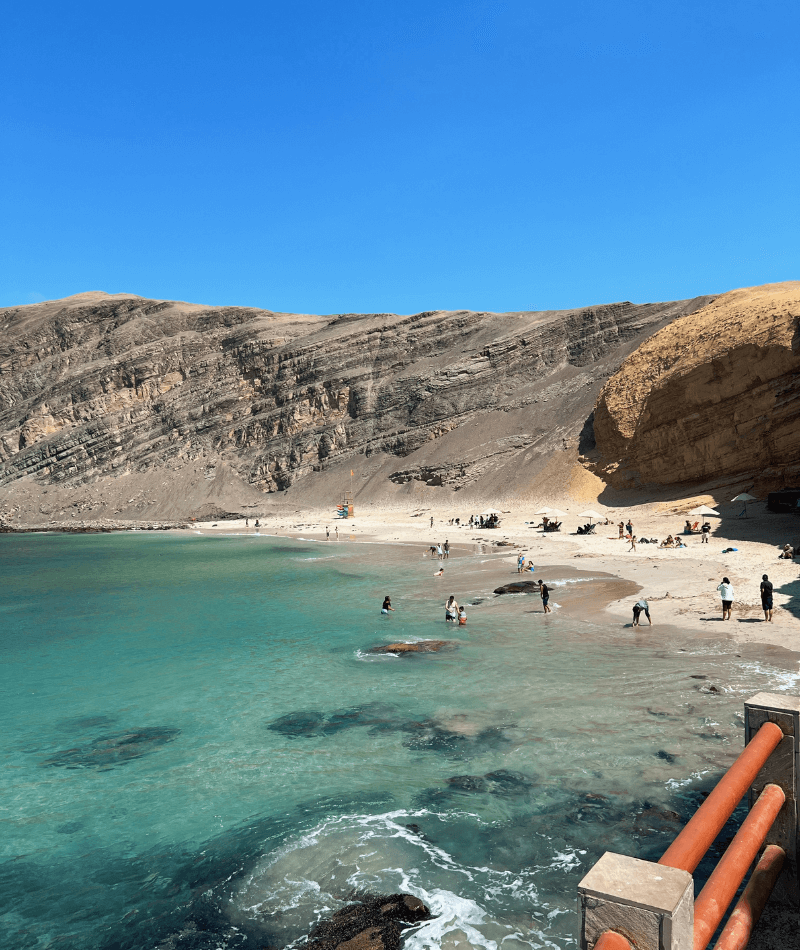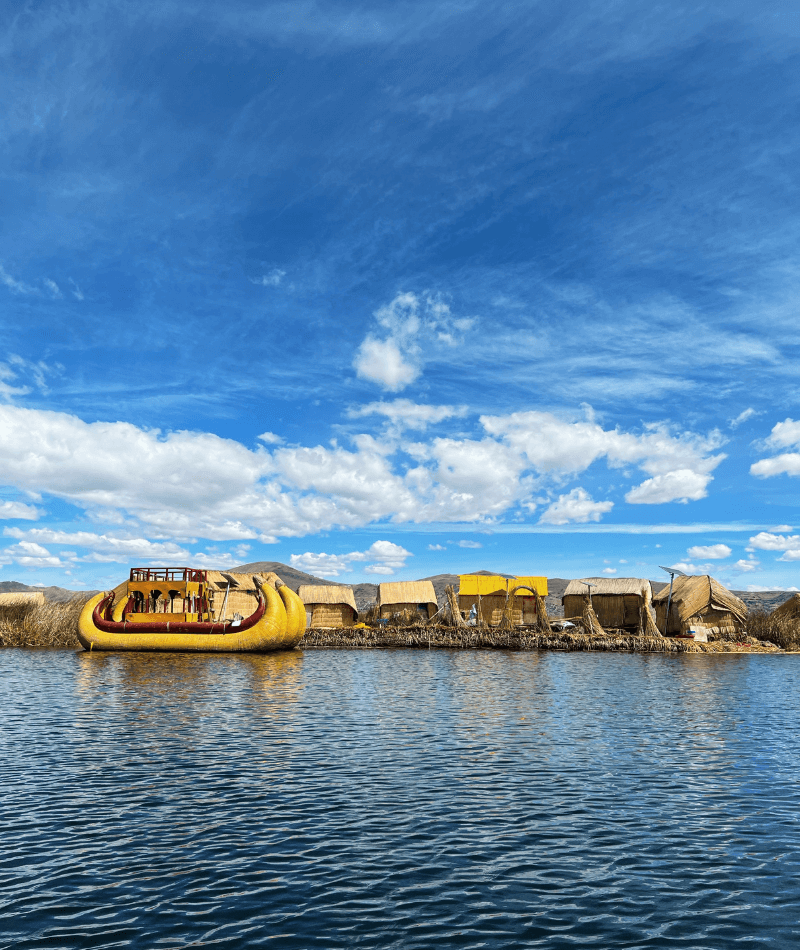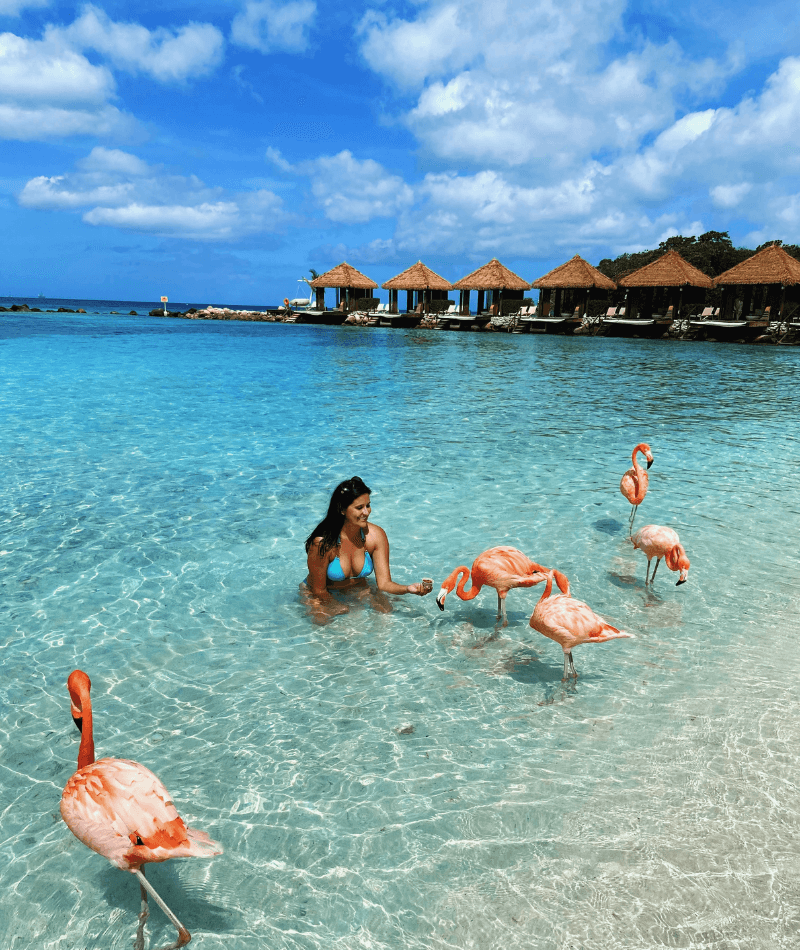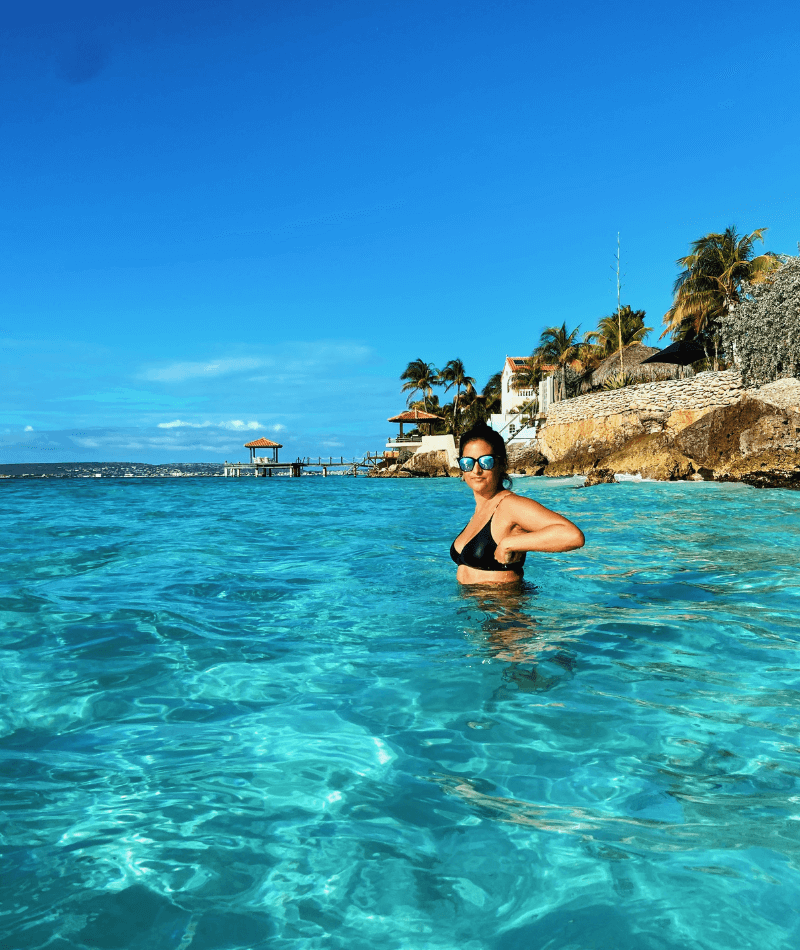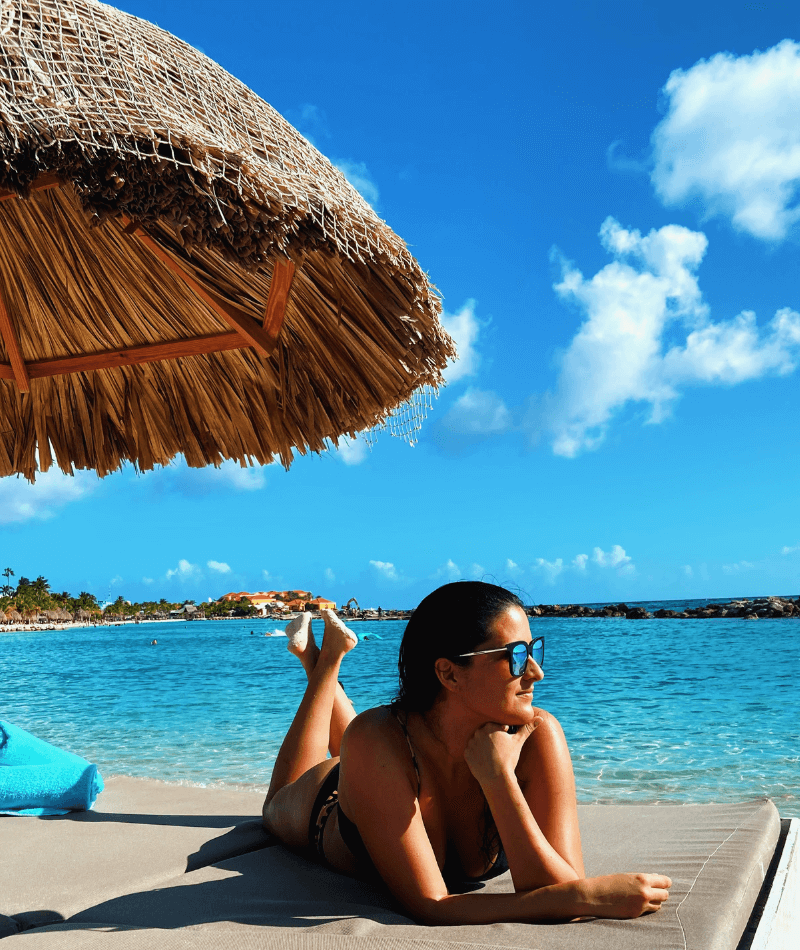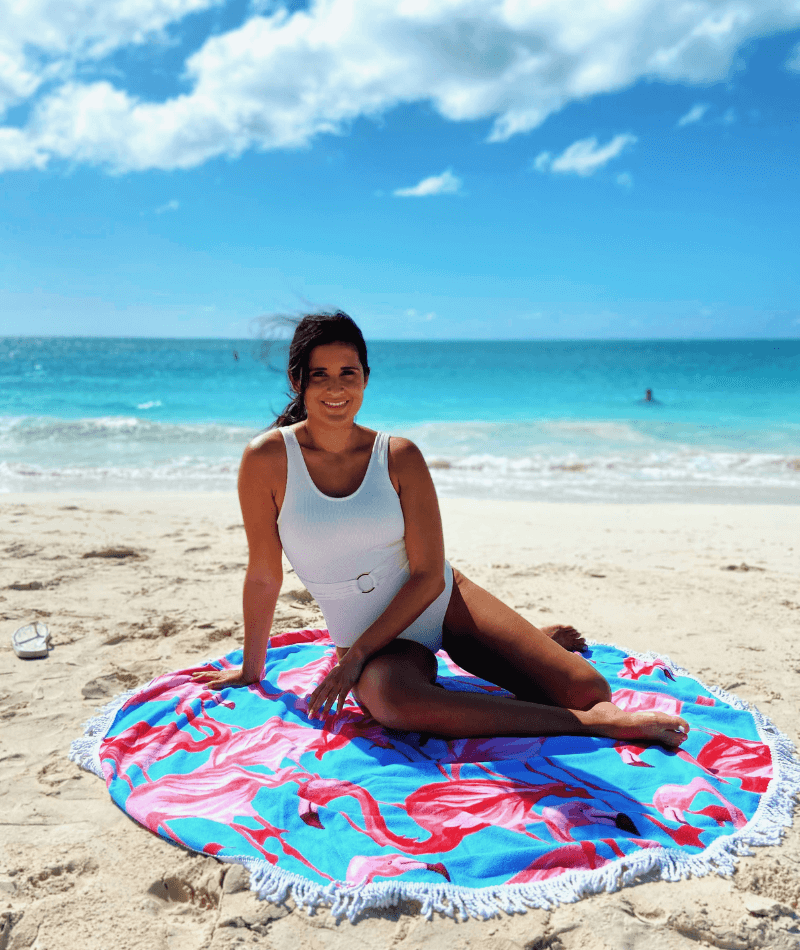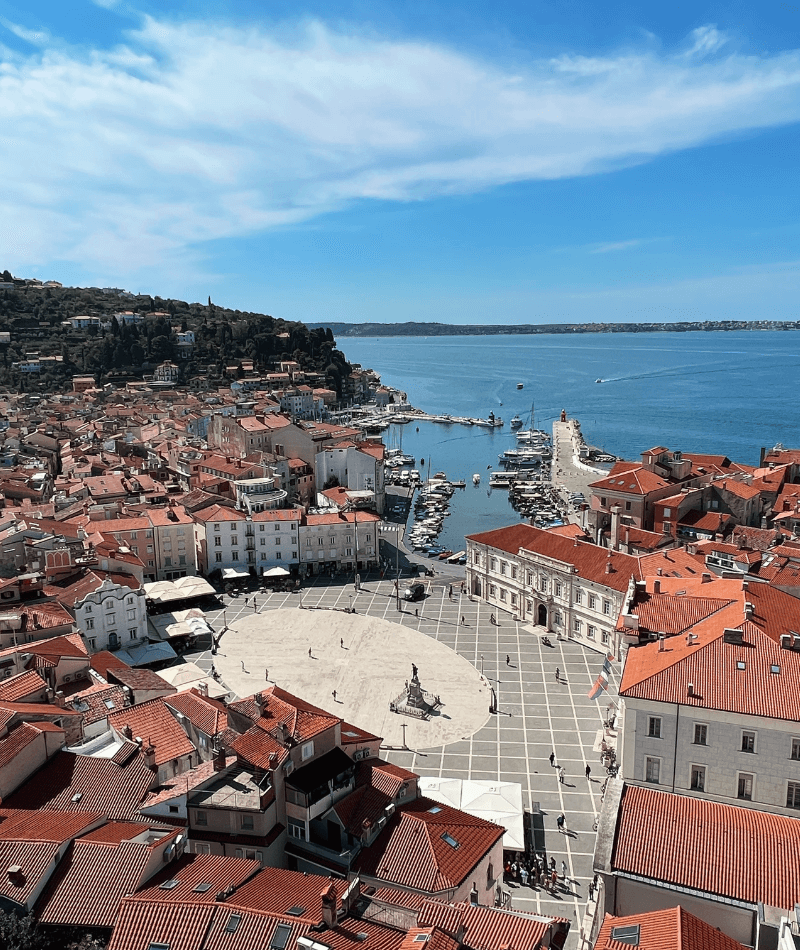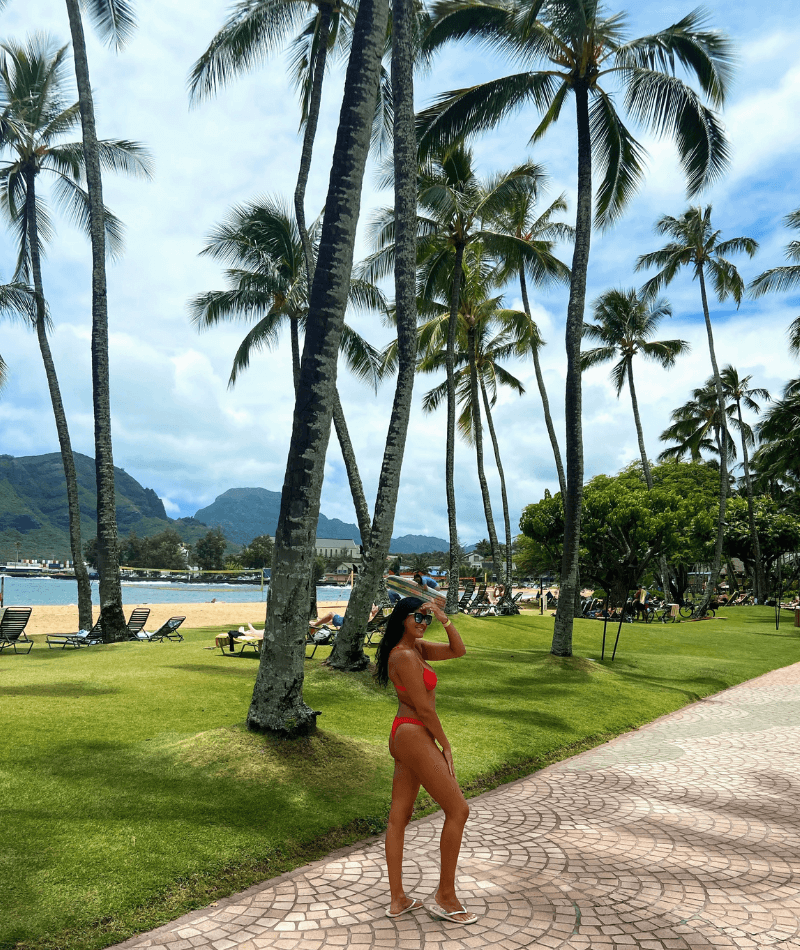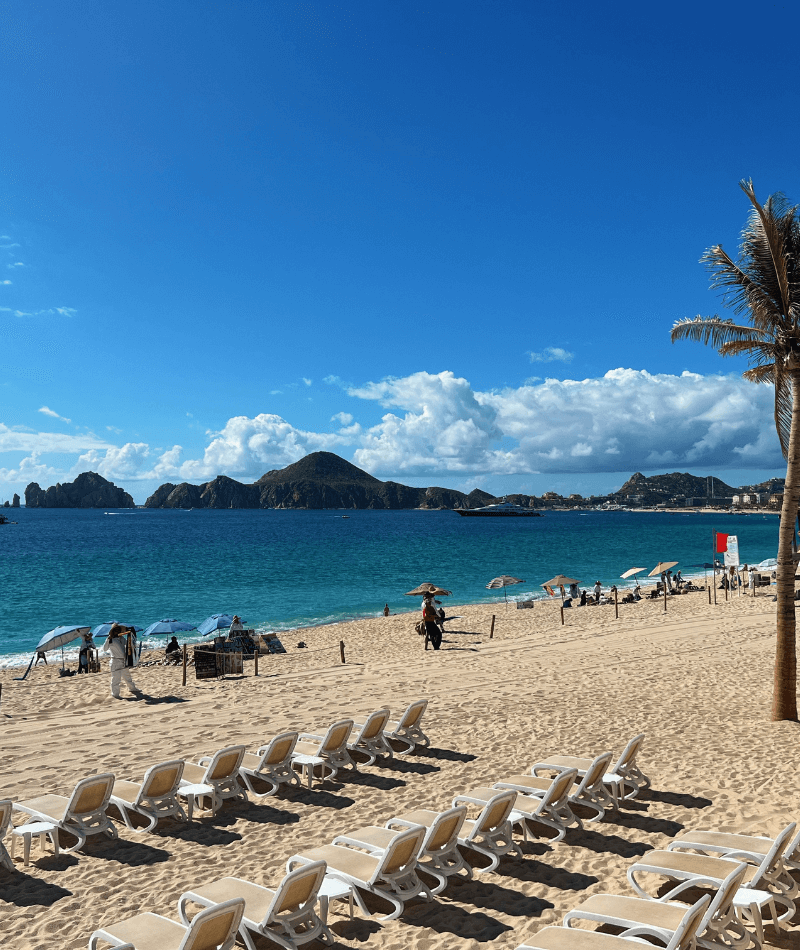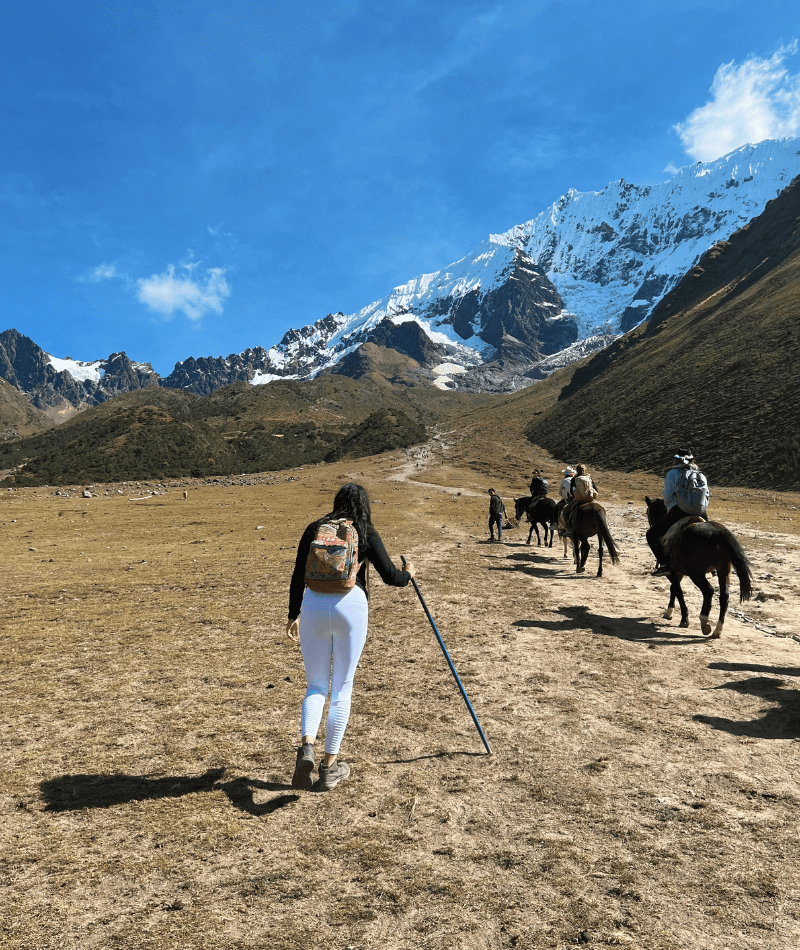What You Need To Know
Cusco Travel Guide
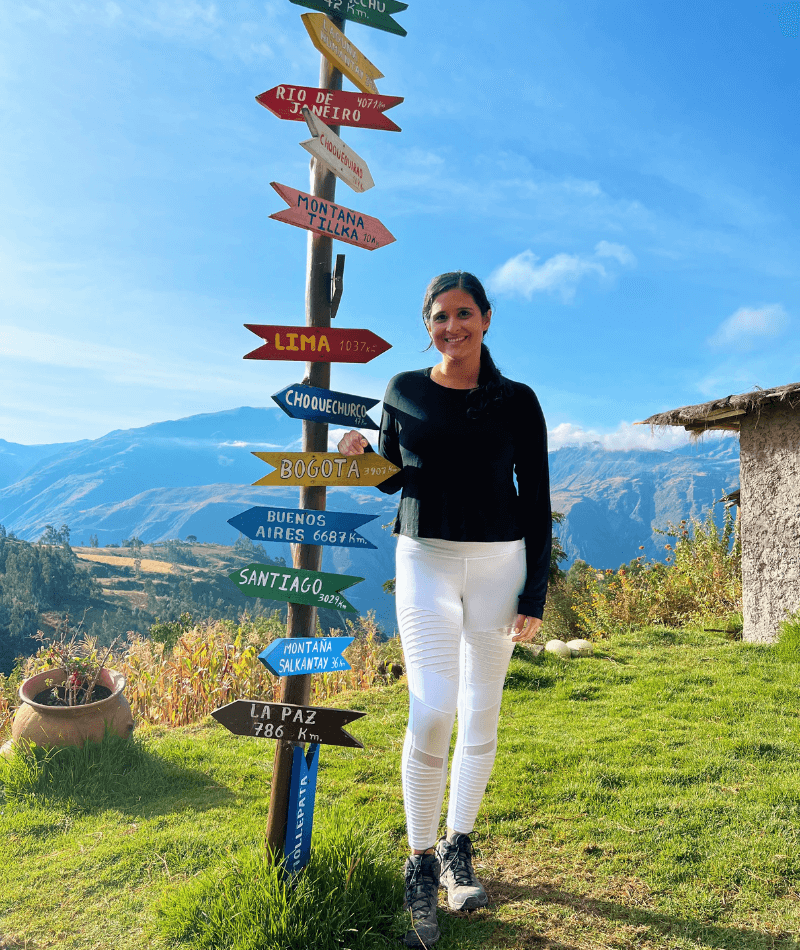
Cusco Unveiled
Your Essential Cusco Travel Guide to the Heart of the Inca Empire
Once known as the capital of the Inca empire, Cusco is now the gateway to Machu Picchu and a major tourist hub. Everyone either starts or ends their Peru journey here – either way, it can’t be missed! Aside from visiting Machu Pichu, there’s so much to see and do in this beautiful city.
I absolutely loved Cusco. Aside from it being absolutely stunning, its uniquely charming and there were so many special experiences. Be prepared though – it sits at about 11,200 feet above sea level so you will likely experience altitude sickness if this is your first stop. By the time I arrived in Cusco, it was the las stop on my Peru backpacking trip, so I felt absolutely fine.
Vanessa's Insider Tips
My Travel Tips for Cusco
- When to Go: The best time to visit Cusco and see Machu Picchu is between April – October, with peak season being June – August. I arrived in May and had beautiful weather every day. While I did my Machu Picchu hike, there was one day with some rain, but that cleared up after a few hours! If you’re going to hike the Inca Trail, you’ll definitely want to come during that April – October timeframe.
- Where to Stay: I would stay as close to the center (Plaza de Armas) as possible, simply because that’s where all the action is, and you’ll likely be in that area every day anyways.
- How to Get Around: You’ll be able to walk everywhere in Cusco.
- Cusco Solo Female Travel: Cusco is great for solo female travel and backpackers in general. There are tons of tourists and backpackers because of course everyone is coming for Machu Picchu. That means you won’t have trouble meeting people and getting to enjoy some nightlife! In terms of safety, I felt safe enough to go to the ATM in the main square at night – that’s how safe it is. There’s a police presence nearly everywhere you go. The only annoying thing is you’ll be bothered a lot by people trying to sell you things – a LOT. You can’t walk a few feet without someone bothering you. But they are completely harmless! Since it’s such a popular city, you’ll also be okay finding people who speak English.
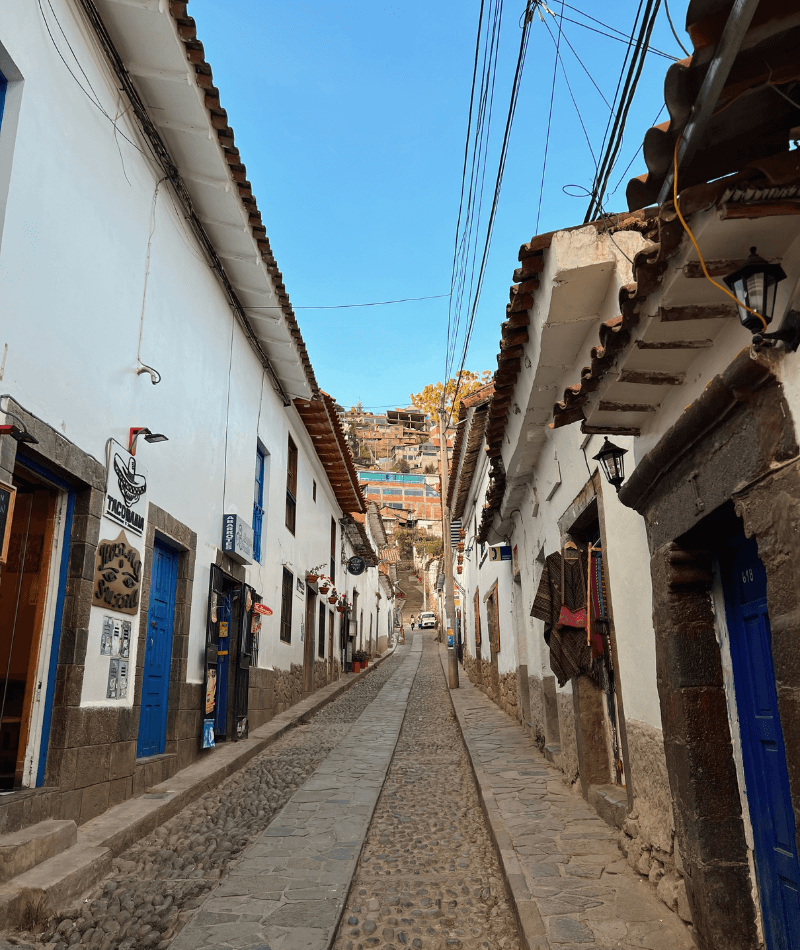

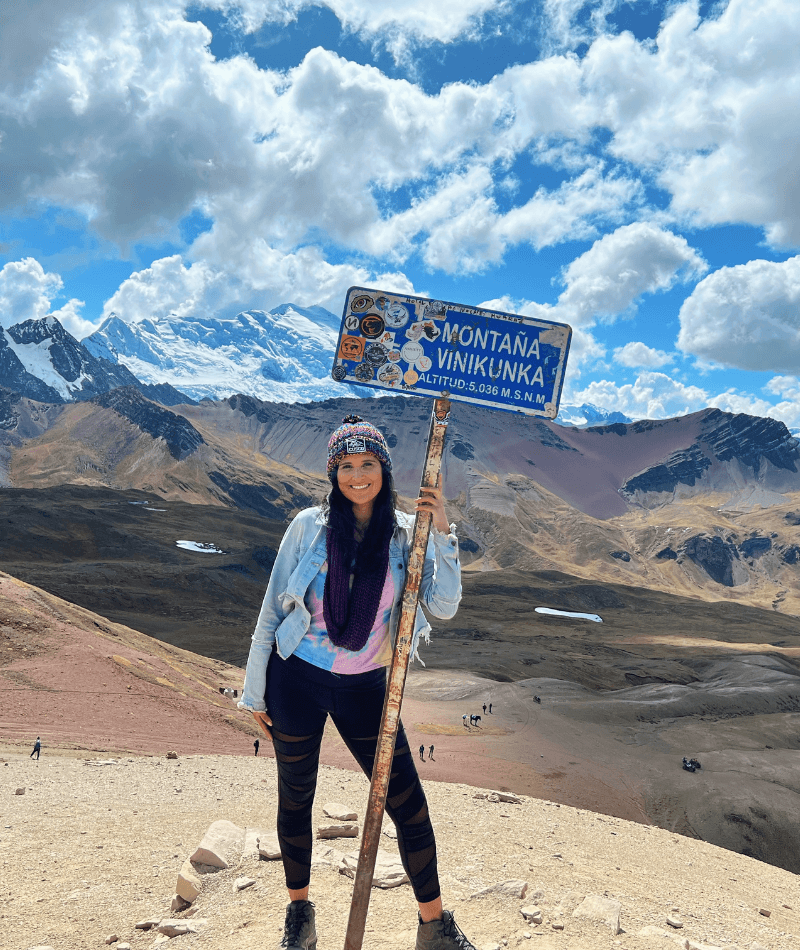
Discover Cusco
My Recommended Itinerary for Cusco Travel
Historic Center:
Free Walking Tour:
Explore San Blas Neighborhood:
Hike Laguna Humantay:
Hike Laguna Humantay:
You’ve likely seen this all over Instagram since it’s pretty famous due to its multi-colored mountain. I did this hike as part of a guided tour, too. Honestly that’s what I recommend for hikes because then I don’t worry about transportation, and I also have a guide in case I need help with something.
Rainbow Mountain is very high up – it sits at an altitude of about 17,060 feet. Yes, you read that correctly. It’s half that of Mount Everest so props to those people who make it up there. Such high altitude means two things: it will be very, very cold (I actually had to buy more clothing during our breakfast spot because my guide told me I would be too cold) and you’ll have less air to breathe due to thinning air (more on that next).
When starting, you are given the option of hiking or taking a horse. I chose to hike of course. After a while, the altitude got to me. It was struggling and gasping for breath every step I took! At the rate I was going, I wasn’t going to reach the top, so I went ahead and paid for a horse.
However, the horse only takes you so far! Once dropped off, the horse and the locals run back to the beginning of the trail to pick up more people, while you will still have a 15-minute hike to the viewpoint! I am absolutely not exaggerating when I say I was wheezing and gasping for air. It was rough. The hike itself was not, it’s just the altitude that’s difficult. And keep in mind this was after I had been in Peru for over a month and was acclimatized already. I’m not trying to discourage anyone though, but if you know you might need help then just take the horse at the beginning!
Once at the top, the locals (dressed in their beautiful traditional clothing) offer photo ops with themselves and/or their alpacas (for tips). My nipples were so cold they could cut glass, but when it came to Instagram pictures, I seemed to have forgotten the pain. Also at the top are locals selling hot drinks and snacks, so make sure to bring cash with you!
Sacred Valley:
This is the region outside of Cusco, stretching roughly 40 miles. It has a ton of archeological sites, with its most famous one being, of course, Machu Picchu (more on that below). The Sacred Valley was the heart of the Inca empire.
You’ll of course go to Machu Picchu, but I highly recommend taking a day tour to explore other important sites in the region. I signed up for a guided day tour and it was great because I also learned so much.
Discovering Cusco
Sacred Valley Sights in Peru
Pisac:
Moray:
Maras:
Ollantaytambo:
Machu Picchu:
Finally, what everybody comes to Cusco (maybe even Peru) for. To see Machu Picchu. One of the greatest agricultural achievements in the world.
Machu Picchu sits high in the Andes Mountains and is often referred to as the lost city of the Incas. When the Spaniards invaded Cusco, the Incas fled to another city. As they were fleeing, they destroyed the trail for Machu Picchu not to be found.
They succeeded.
Machu Picchu was never found by the Spaniards (thank God) and was ultimately discovered nearly 300 years later. Hiram Bingham, a Yale academic, arrived in the area in 1911. What he was looking for was the city the Incas fled to when the Spanish came. Instead, locals told him about some city ruins high up in the mountains – maybe that’s what he was looking for? Bingham and his team, along with some locals, went up, and stumbled upon this world wonder. To be clear, Bingham was not the first to discover Machu Picchu (obviously not, since the locals knew about it), he was just the first to reveal it to the world.
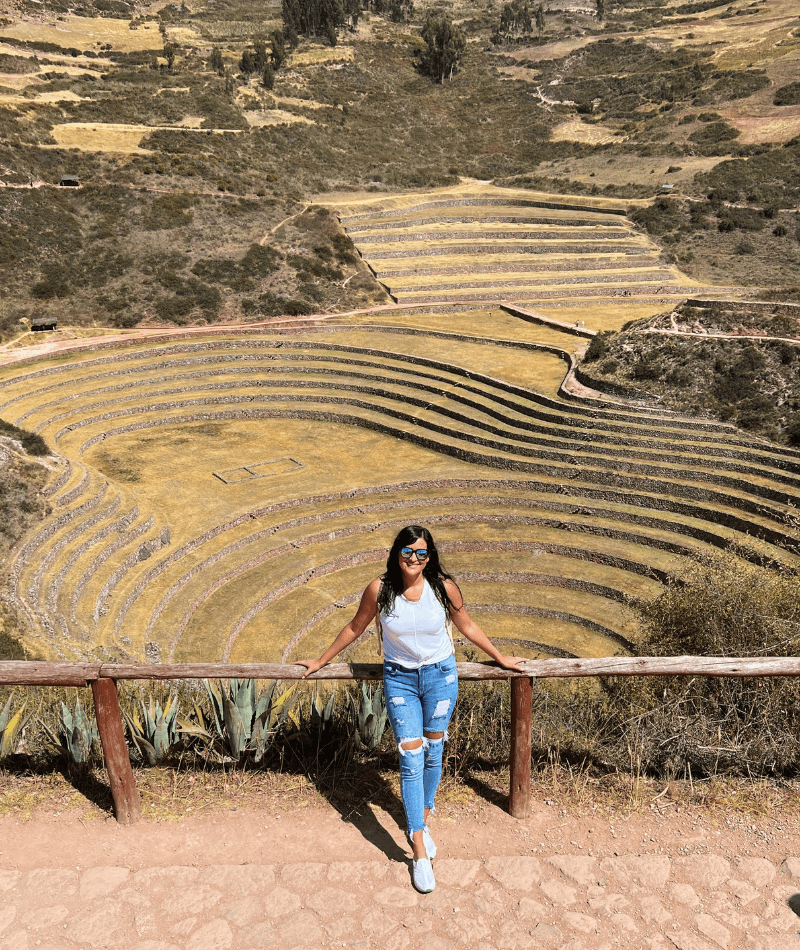
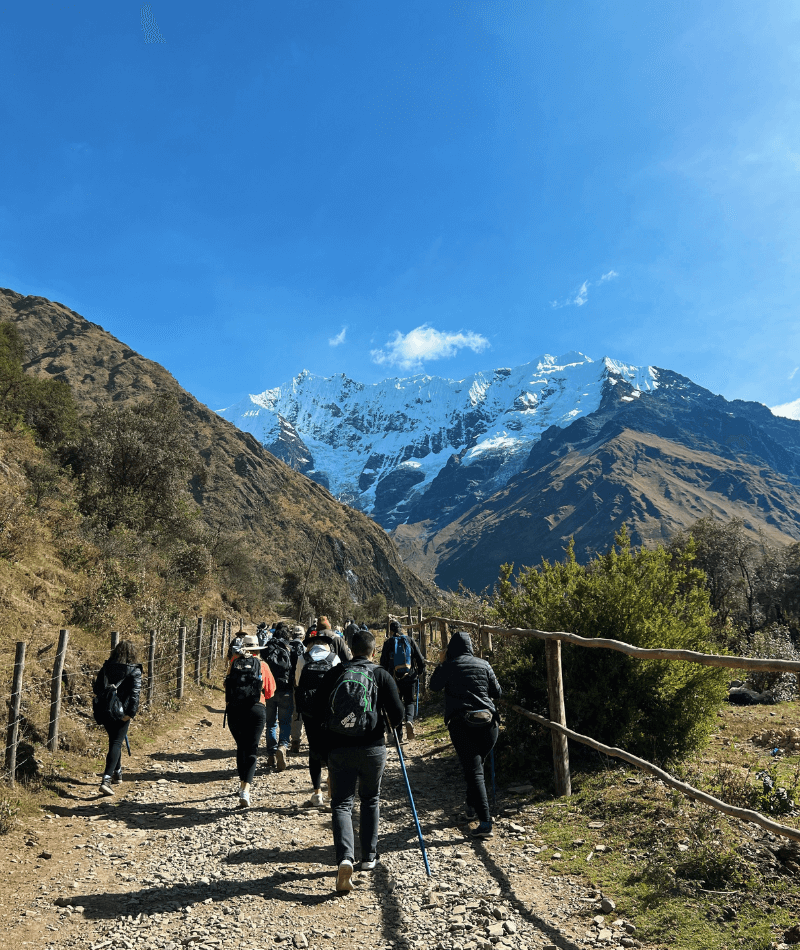
Experience Cusco Adventures
How to get to Machu Picchu
Hike the Inca Trail:
If hiking, you have the option to do the Inca Trail, Salkantay, or Lares trails. I chose the Inca Trail because it’s the classic trail, but I have heard Salkantay is more scenic. I did so many other hikes in Peru for two reasons: I love to hike, and I wanted to prep myself for the Inca Trail. I recommend you do the same. I also recommend spending as much time as you can in Cusco beforehand to acclimatize. I gave myself a week, but I know not everyone has that luxury – at least two or three days beforehand should suffice.
The company I went with was Alpaca Expeditions – after thoroughly doing my research, I felt they had the best reputation. I can honestly say they were amazing and highly recommend them. I went on the 4 day/3 night tour because I know myself and I know I am very slow with my hikes. Most people do the 3 day/2night, but just pick whichever you are comfortable with – we all end up at the same finish line! Each company is different but with Alpaca Expeditions, I put down a deposit and then everything had to be paid in full a few weeks before my hike.
The night before the hike, I had a meeting at the Alpaca Expeditions office where they gave me an overview of everything and gave me my gear. I had to pack everything I was going to need during the days in my day pack, because I would be carrying that myself. Everything else went in a duffle that the porters would be carrying, including my sleeping tent.
I was in awe of those porters. Every day, they left our campsites after us each time and would pass us on the trail, so that they could arrive and set up each campsite for us before we got there. I actually got emotional at various times on the hike when they passed because every time they did, all the hikers would move aside for them and clap and cheer them on – they were amazing!
The first day, it’s relatively easy as you walk through some villages. Within a couple hours though, I did see people have to be carried back to the start of the trail! A lot of people arrive in Cusco and think they can just hike the next day – please take it seriously when I say you need to acclimatize properly! We also saw some ruins along the way and stopped for a history lesson.
Day two is hardest because of Dead Women’s Pass – you gain a LOT of altitude when hiking this portion. To be honest, it wasn’t as bad as I thought. You’re just going up and up and up for what feels like forever. It was challenging, but not the hardest climb I’ve ever had to do.
Day three wasn’t anything remarkable, in fact we had a little bit of rain. But my favorite part of day three was our campsite at night – we were in the clouds, and it felt like we were in literal heaven! It was stunning. There were alpacas everywhere at our campsite.
Day four was when we reached Machu Picchu! Another reason I liked the 4 day/3 night option was you get to visit Machu Picchu twice. On this day, we entered through the Sun Gate in the evening around 3:30 and spent some time in Machu Picchu until it closed at Then at night, we got to sleep in a hotel in Aguas Calientes. With the 3 day/2 night option, you arrive in Machu Picchu on your last day and then that’s it, you don’t go back.
The next day, we got to go back with our guide (after a nice hot shower) and he gave us a tour of the ruins.
I highly recommend hiking to Machu Picchu if you can – it was truly a memorable experience and sometimes makes me emotional (although, I’m always emotional) to think about those memories. Is hiking the Inca Trail hard? In my honest opinion, it’s not a hard hike, it’s just a long one!
Inspiration for hiking the Inca Trail:
You are capable of more than you think.
Do your personal best, whatever that means for you.
Just keep going. And if you think you can’t anymore, just go a little bit more
If you think you can’t, you’re probably right. If you think you can, you’re probably right. What does this mean? The mind is a powerful thing – it believes whatever you tell it.
Things to know when hiking the Inca Trail:
The days are hot, but the nights are freezing. So for the day, make sure you have sunglasses, sunscreen, etc., and have layers you can take off. For the night, you’re only allowed to bring so much stuff, but honestly, I packed a blanket because I thought I would help. It only did a little! That’s how cold it is. So bring whatever you can to keep you warm that isn’t too heavy.
The toilets on the Inca Trail are literal holes in the ground. At certain rest spots, that’s all you have. Another reason I liked Alpaca Expeditions is because they carried a portable toilet. So it was much more comfortable to poop!
You’ll have limited access to water for personal hygiene each day. Every morning, the porters will boil water for you to use personally. I wear contacts, so this was important to me. But if you think you’ll be able to shower, of course not! And you can’t do any skin routine either.
Take the train to Machu Picchu:
The other way to get to Machu Picchu is to take a bus or car service to Ollantaytambo and from there, take the train to Aguas Calientes. Once in Aguas Calientes, you will take the bus that takes you to the entrance of Machu Picchu. This can be done as a day trip.
